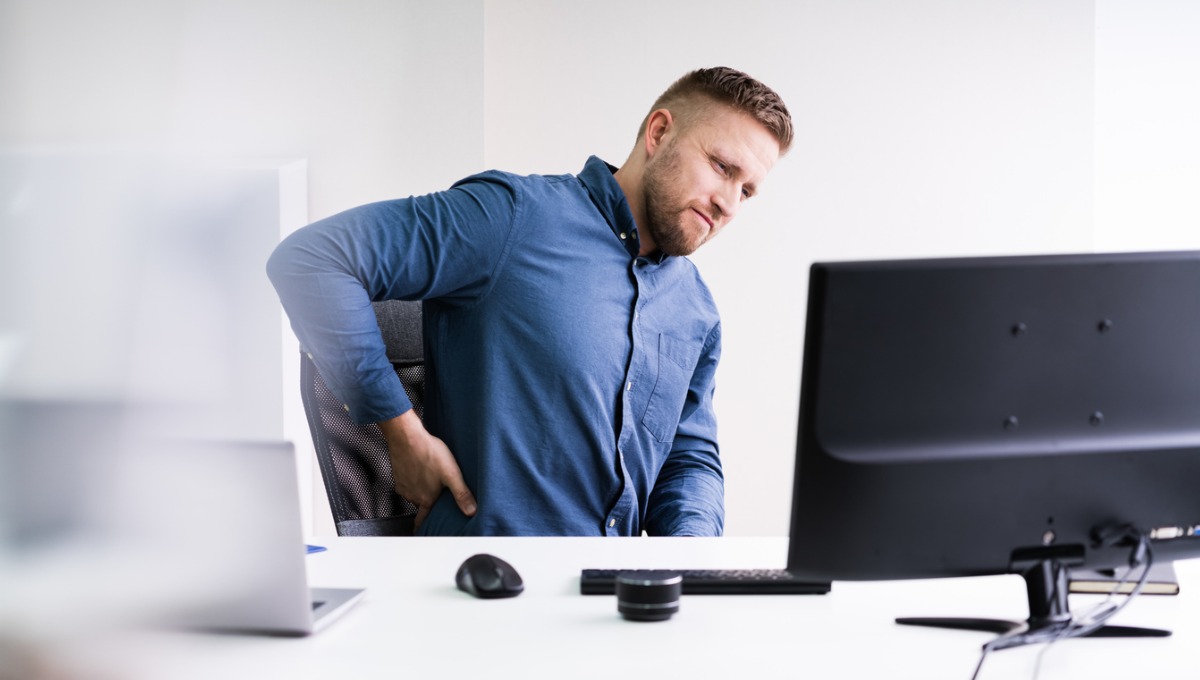
Is Poor Posture Causing Your Back Pain?
Sustaining good posture is a big part of your health. Good posture ensures that your bones are well-aligned with the rest of your body, while the tension in your muscles and ligaments is properly distributed. However, when you have poor posture, it can result in back pain and dysfunction over time.
There are many reasons for back pain. Some can be remedied by drastic measures while others require simple lifestyle changes. Altering how you carry yourself and improving your posture is one way to help ease your back pain.
How does poor posture cause back pain?
Unsupported postures cause the loads on your spine to disperse incorrectly, weakening the tissues in the lower back. The intricate network of muscles, discs, and joints in the back are often pushed beyond their tolerable limit, which causes back pain. For example, an unsupported sitting position places a forward bend on the spine. Over time, this bend may place a load on the lower spinal discs, causing herniation.
Another way poor posture can cause back pain is when lifting a heavy object incorrectly. An incorrect-lifting technique can cause your lumbar disc to herniate, resulting in radiating pain from the lower back into the leg through a nearby spinal nerve.
Common unsupported postural habits include:
- Slouching or sitting slumped on a couch or chair
- Sitting on a bed when working on a laptop
- Lying on your stomach on the bed while working on a laptop or reading
- Lifting heavy objects off the floor by bending the back
- Walking in a hunched position
How can I fix my posture?
Fixing your posture will improve back support and overtime help decrease back pain. Fixing your posture may feel uncomfortable at first. However, as time goes on, the new posture will seem natural and more comfortable. Here are some ways you can improve your posture:
Sitting Posture
When sitting in your office chair, the back should be aligned against the back of the chair. Try sitting up straight and tall, and avoid slouching or leaning forward, especially when you are getting tired towards the end of the day. Your knees should be even with the hips or slightly higher when sitting, and both feet should be flat on the floor.
Sometimes time can fly by when working at your desk all day, so try setting an alarm for 5 minutes of every hour to get up and stretch or take a walk around the office.
Standing Posture
When standing up, be sure to stand with your weight mostly on the balls of your feet, not with your weight on the heels. Keep the feet about shoulder-width apart and avoid locking in the knees. Stand up straight and tall, with the shoulders upright. Lastly, it is important to keep the head straight and not pushed out forward.
Posture While Lifting and Carrying
To avoid compressing the spinal discs or straining your lower back when you are lifting heavy objects, you will need to start by keeping a wide base of support. Your feet should be shoulder-width apart, with one foot slightly ahead of the other for balance. Squat down, bending at the hips and knees only. Looking straight ahead and keeping your back straight, slowly lift by straightening your hips and knees (not your back).
Posture is key to maintaining a healthy back and preventing back pain and dysfunction. If your back pain is not relieved or improved after the suggested postural changes, you should seek medical attention.
For a comprehensive evaluation from the physicians at Brain2Spine Institute, call (727) 828-8400 or schedule an appointment here.






